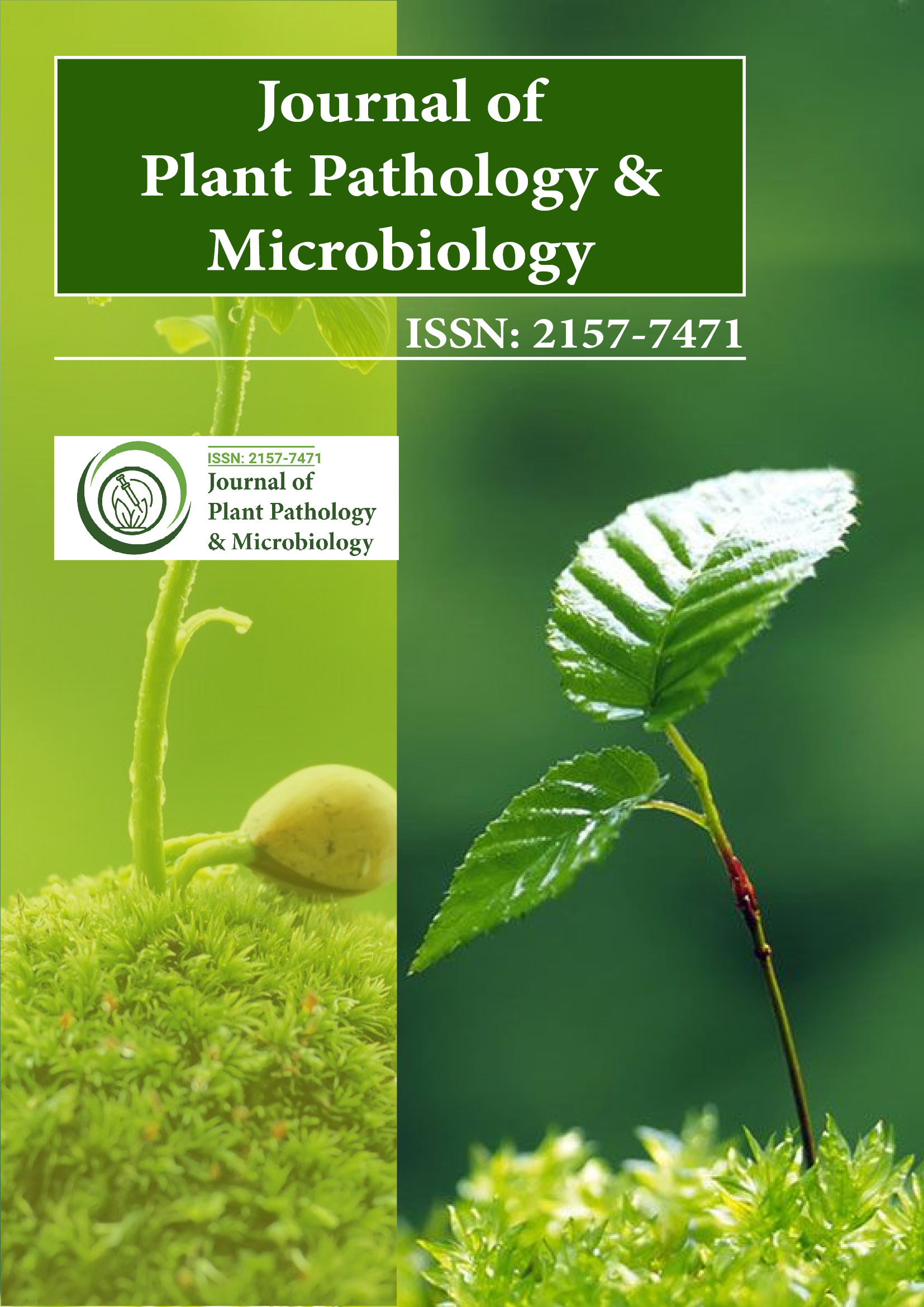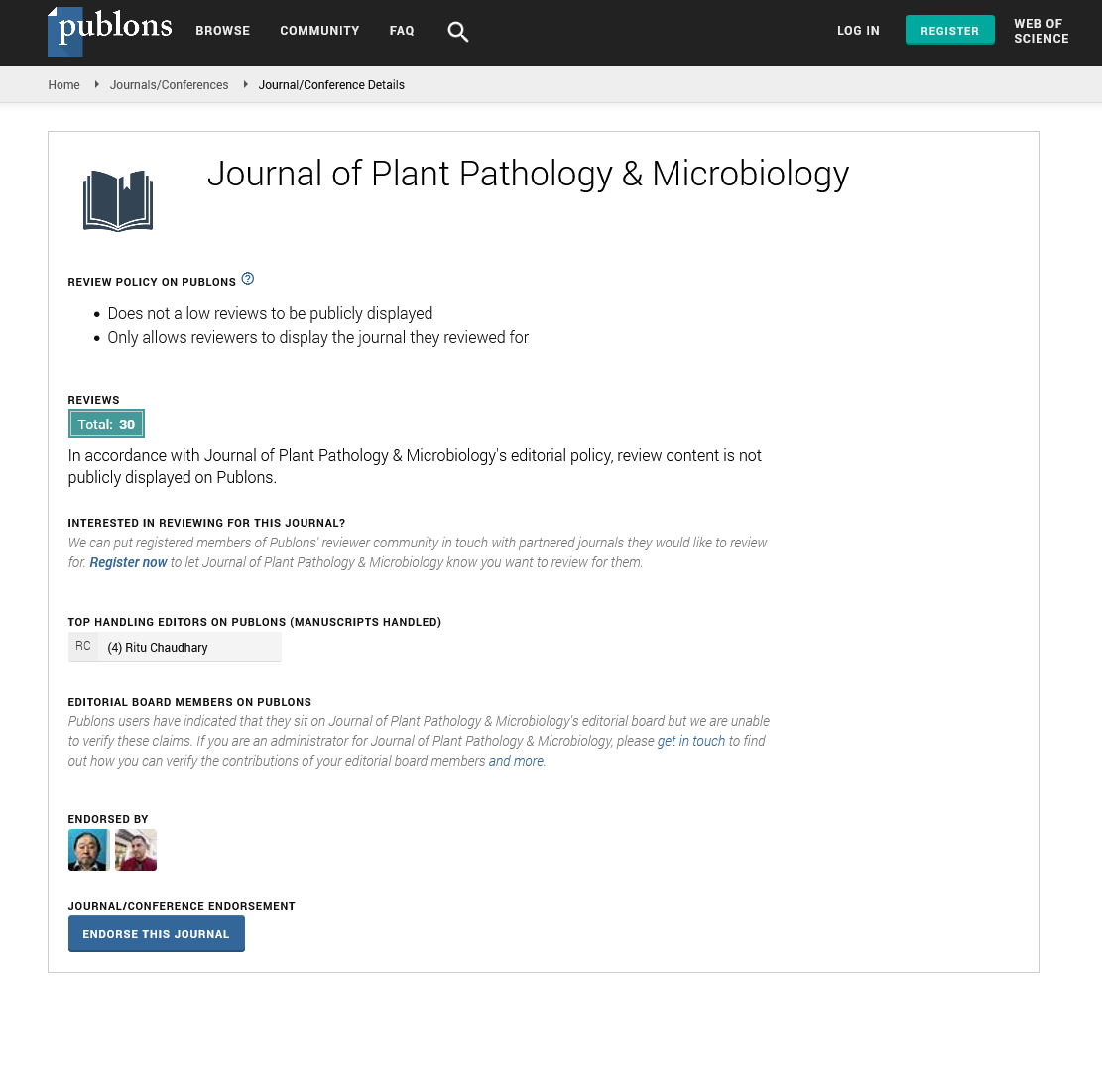Indexed In
- Open J Gate
- Genamics JournalSeek
- Academic Keys
- JournalTOCs
- CiteFactor
- Ulrich's Periodicals Directory
- Access to Global Online Research in Agriculture (AGORA)
- Electronic Journals Library
- Centre for Agriculture and Biosciences International (CABI)
- RefSeek
- Directory of Research Journal Indexing (DRJI)
- Hamdard University
- EBSCO A-Z
- OCLC- WorldCat
- Scholarsteer
- SWB online catalog
- Virtual Library of Biology (vifabio)
- Publons
- Geneva Foundation for Medical Education and Research
- Euro Pub
- Google Scholar
Useful Links
Share This Page
Journal Flyer

Open Access Journals
- Agri and Aquaculture
- Biochemistry
- Bioinformatics & Systems Biology
- Business & Management
- Chemistry
- Clinical Sciences
- Engineering
- Food & Nutrition
- General Science
- Genetics & Molecular Biology
- Immunology & Microbiology
- Medical Sciences
- Neuroscience & Psychology
- Nursing & Health Care
- Pharmaceutical Sciences
Opinion - (2025) Volume 16, Issue 2
Surface Microbe Reduction on Tomatoes Using Light and Botanical Oil Methods
Leticia Cazorla*Received: 26-May-2025, Manuscript No. JPPM-25-29746; Editor assigned: 28-May-2025, Pre QC No. JPPM-25-29746 (PQ); Reviewed: 11-Jun-2025, QC No. JPPM-25-29746; Revised: 18-Jun-2025, Manuscript No. JPPM-25-29746 (R); Published: 25-Jun-2025, DOI: 10.35248/2157-7471.25.16.759
Description
Postharvest losses due to microbial contamination remain a significant challenge in the tomato supply chain. Traditional chemical disinfectants, while effective, can leave residues and raise concerns about food safety and environmental sustainability. Plant-based alternatives are being explored to provide safer and more sustainable solutions. One such approach involves the use of essential oils, particularly thyme essential oil (TEO), known for its antimicrobial properties. This article examines the use of thyme essential oil as a photosensitizing agent in the decontamination of tomato fruits after harvest. By combining TEO with light exposure, enhanced antimicrobial activity can be achieved through oxidative stress mechanisms. This strategy presents an alternative method for controlling surface pathogens on tomato fruits, improving shelf life and reducing postharvest spoilage.
Tomatoes are among the most widely consumed fruits globally and are particularly vulnerable to microbial decay after harvest. Pathogens such as Botrytis cinerea, Alternaria alternata and Pseudomonas spp. are common contaminants responsible for significant postharvest losses. Conventional sanitation strategies often involve synthetic fungicides or chemical washes, which, despite their effectiveness, pose risks related to human health, environmental persistence and microbial resistance.
Recent attention has shifted toward natural antimicrobial compounds, including plant-derived essential oils. Among these, Thyme Essential Oil (TEO), extracted from Thymus vulgaris, exhibits broad-spectrum antimicrobial activity due to its active components, mainly thymol and carvacrol. When combined with light in the presence of oxygen, TEO can also function as a photosensitizer, leading to the formation of Reactive Oxygen Species (ROS) that disrupt microbial cell membranes and DNA. This article reviews the mechanisms, application methods, effectiveness and practical considerations of using TEO in combination with light for the postharvest treatment of tomato fruits.
Postharvest microbial contamination in tomatoes
The surface of tomatoes is prone to colonization by fungi and bacteria during harvesting, handling and storage. Mechanical damage and high moisture content create ideal conditions for microbial proliferation. Surface infections not only result in visual defects but can also lead to deeper tissue damage, rendering the product unmarketable.
Pathogens such as Botrytis cinerea cause gray mold, a frequent postharvest disease. Alternaria species lead to black mold, especially under high humidity. Pseudomonas spp. contribute to soft rot, further reducing storage life and quality. These infections can spread rapidly under storage conditions if not managed promptly.
Traditional approaches include chlorine-based rinses, fungicides and controlled atmosphere storage. However, consumers increasingly seek residue-free, natural alternatives. Essential oils, due to their antimicrobial properties and GRAS (Generally Recognized As Safe) status, have emerged as potential replacements.
Efficacy and safety considerations
The combined application of TEO and light must balance microbial efficacy with produce quality. Studies have reported successful pathogen reduction without negatively affecting tomato texture, color, or taste when treatment conditions are optimized.
However, overly intense light or high concentrations of essential oil can lead to phytotoxic effects or sensory alterations. Thus, careful calibration is necessary to avoid surface damage or off-flavors.
Safety testing has shown no residual toxicity from TEO or light exposure when used at acceptable levels and no significant impact on nutritional parameters such as vitamin C or lycopene content.
The use of thyme essential oil in combination with light-based activation presents a novel method for postharvest decontamination of tomato fruits. This approach integrates natural antimicrobial properties with photo-induced oxidative stress to reduce surface pathogens effectively. While further development is needed to refine application methods and ensure consistency, the strategy represents a promising step toward more sustainable and residue-free postharvest treatments. Its adoption may contribute to reducing postharvest losses, enhancing food safety and meeting consumer demand for natural preservation solutions.
Citation: Cazorla L (2025). Surface Microbe Reduction on Tomatoes Using Light and Botanical Oil Methods. J Plant Pathol Microbiol. 16:759.
Copyright: © 2025 Cazorla L. This is an open-access article distributed under the terms of the Creative Commons Attribution License, which permits unrestricted use, distribution, and reproduction in any medium, provided the original author and source are credited.

